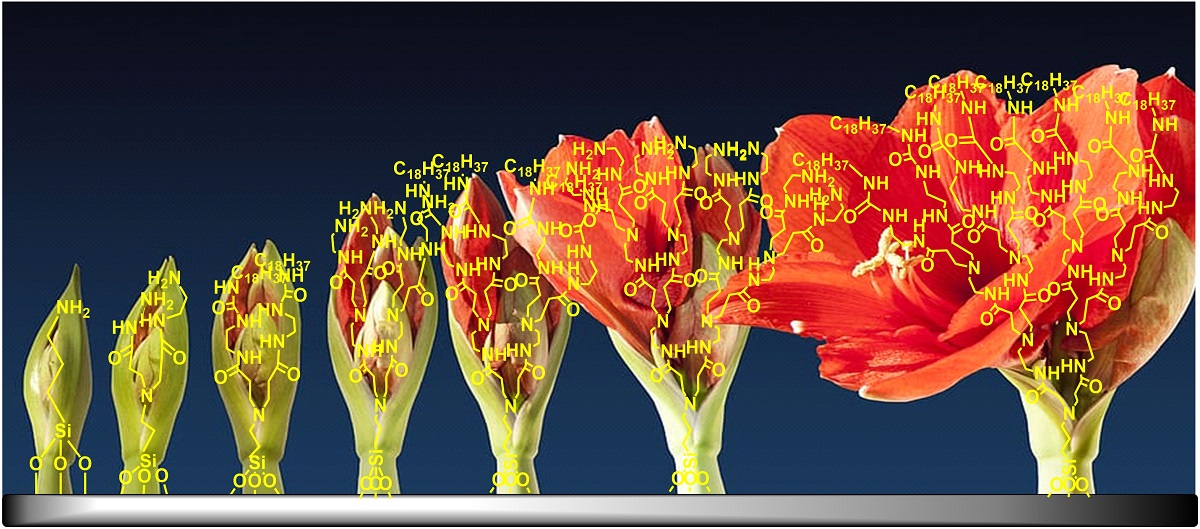As the field of nanoscience is rapidly evolving, interest for novel, upgraded nanomaterials with combinatory features is also inevitably increasing. Hybrid composites, offer simple, budget-conscious and environmental-friendly solutions that can cater multiple needs at the same time and be applicable in many nanotechnology-related and interdisciplinary studies. The physicochemical idiocrasies of dendritic polymers have inspired their implementation as sorbents, active ingredient carriers and templates for complex composites. Ceramics are distinguished for their mechanical superiority and absorption potential that render them ideal substrates for separation and catalysis technologies. The integration of dendritic compounds to these inorganic hosts can be achieved through chemical attachment of the organic moiety onto functionalized surfaces, impregnation and absorption inside the pores, conventional sol-gel reactions or via biomimetic mediation of dendritic matrices, inducing the formation of usually spherical hybrid nanoparticles. Alternatively, dendritic polymers can propagate from ceramic scaffolds. All these variants are covered in detail. Optimization techniques as well as established and prospected applications are also presented.

